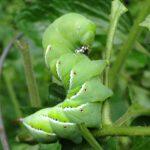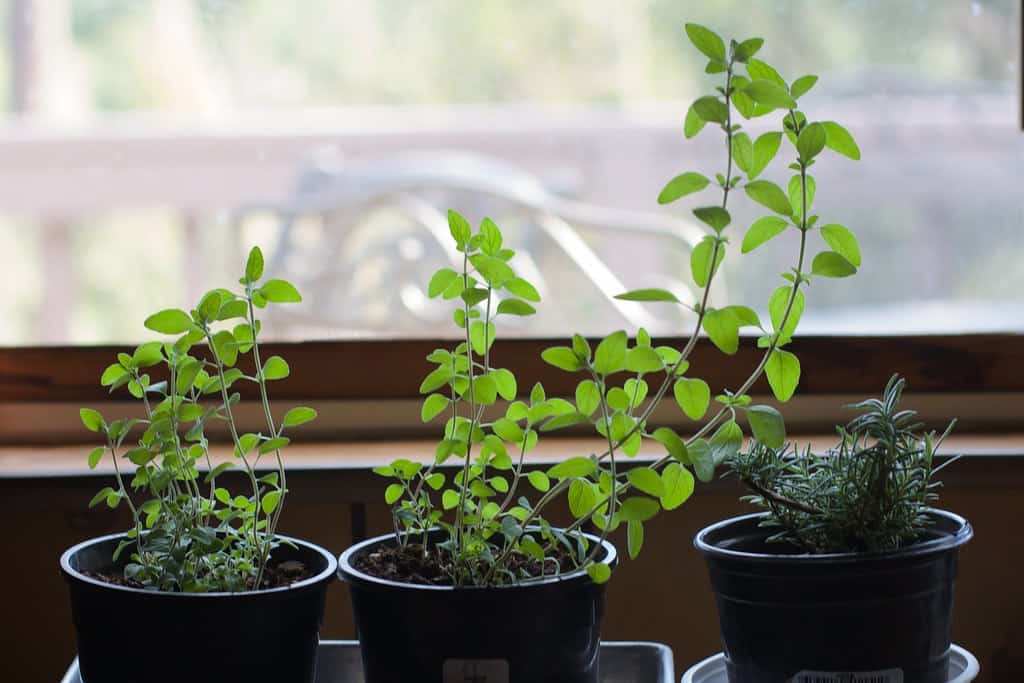
As a gardener, there’s nothing more exciting than seeing the first signs of new growth in your garden. But, keeping track of seed germination and which haven’t can be a challenge, especially if you’re planting a large number of seeds at once. That’s where keeping a journal comes in. Not only does it help you keep track of your progress, but it can also provide valuable information for future gardening seasons.
Why Keep a Journal for Seed Germination?
- Keeps track of seed variety, planting date, and germination rate. Knowing which seeds have germinated and which haven’t can be difficult, especially if you’re planting a large number of seeds at once. By keeping a journal, you can easily track which seeds you’ve planted, the planting date, and the germination rate for each variety.
- Provides valuable information for future gardening seasons. By keeping a journal, you can track the success rate of each seed variety and determine which ones perform best in your specific growing conditions. This information can be invaluable when planning your garden for future seasons.
- Helps identify any issues with seed germination. If you’re having trouble with seed germination, keeping a journal can help you identify any potential issues, such as improper planting depth, improper watering, or lack of sunlight. This information can then be used to make necessary adjustments to ensure success in future planting seasons.
- Encourages experimentation and innovation. Keeping a journal allows you to track the results of any changes you make to your planting methods or conditions. This can encourage you to experiment and try new things, leading to even greater success in your gardening endeavors.
How to Keep a Journal for Seed Germination
- Choose a journal that works for you. You can use a physical journal or an electronic one, whichever works best for you. If you prefer a physical journal, consider one that’s waterproof and durable, as you’ll be using it outdoors.
- Record all important information. When planting seeds, be sure to record the seed variety, planting date, and any other relevant information, such as soil type and planting depth. You can also make note of any special considerations, such as a particularly dry or wet season.
- Track germination progress. Once you’ve planted your seeds, make note of the date each seed germinates. You can also keep track of how many seeds have germinated out of the total number planted.
- Document any issues. If you’re having trouble with seed germination, be sure to make note of the issue and what you did to resolve it. This information can be invaluable for future planting seasons.
- Evaluate success. At the end of the growing season, take a look at your journal and evaluate the success of each seed variety. Use this information to make decisions about which seeds to plant in future seasons.
The Benefits of Keeping a Journal for Seed Germination
- Increased success. By keeping track of seed variety, planting date, and germination progress, you’ll have a better understanding of which seeds perform best in your growing conditions. This can lead to increased success in your gardening endeavors.
- Better use of resources. By knowing which seeds perform best, you can make better use of your resources, such as time, money, and space, when planting future gardens.
- Improved overall gardening knowledge. Keeping a journal will give you a better understanding of the seeds you’re planting and the conditions they need to thrive.
Check out Little Tree Food Forest for articles on food forests and homesteading.
Check out StoryScapes for articles on creative writing.
Related Content
Related Content
Subscribe to our newsletter to get information delivered to your inbox on edible landscaping, growing food and medicinal plants, growing mushrooms, foraging, fermentation, food preservation, raising small livestock, and more.














It’s actually a nice and helpful piece of information. I am happy that
you shared this helpful info with us. Please keep us up to date like this.
Thanks for sharing.